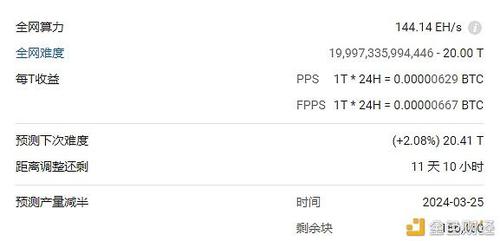The hum of a crypto mining operation is a symphony of digital gold creation, a constant, pulsating testament to the power of blockchain technology. At the heart of this lucrative endeavor sit the workhorses – the Antminers. These specialized machines tirelessly churn through complex algorithms, securing networks and earning rewards. However, this intricate system is not without its Achilles’ heel: IP address issues. When an Antminer’s IP address becomes problematic, the entire operation can grind to a halt, costing valuable time and potential profit. Let’s delve into the top troubleshooting hacks to resurrect your Antminer from the depths of IP address despair, ensuring your crypto mining empire remains a flourishing concern.
First, understand the enemy. IP address conflicts are a common culprit. Imagine two Antminers vying for the same digital identity; chaos ensues. Diagnosing this requires a network scanner – a tool that sweeps your network, identifying all connected devices and their respective IP addresses. Free and readily available software like Angry IP Scanner or Advanced IP Scanner can reveal duplicate addresses, pinpointing the source of the conflict. Once identified, assigning static IP addresses to your Antminers becomes paramount. This proactive approach prevents future skirmishes, ensuring each miner has its own dedicated and unchanging address.

Beyond conflicts, DHCP server woes can also wreak havoc. Your router’s DHCP server is responsible for automatically assigning IP addresses to devices on your network. If it malfunctions, Antminers may fail to receive an address altogether. A simple router reboot can often resolve temporary glitches. However, if the issue persists, delving into your router’s configuration settings is necessary. Ensure the DHCP server is enabled and that its address range is sufficient to accommodate all devices on your network, including your expanding fleet of Antminers. Consider reserving IP addresses for your miners within the DHCP server settings, further solidifying their network identities.
Firewall interference represents another potential obstacle. Firewalls, designed to protect your network from malicious traffic, can sometimes mistakenly block communication to and from your Antminers. Temporarily disabling your firewall for testing purposes can help determine if it’s the root cause of the problem. If so, create firewall rules that specifically allow traffic to and from your Antminers on the necessary ports. Consult your Antminer’s documentation for the correct port numbers, ensuring seamless communication without compromising network security.
Furthermore, network cable issues are often overlooked. A damaged or poorly connected Ethernet cable can disrupt network connectivity, leading to IP address problems. Inspect all cables connecting your Antminers to the network, ensuring they are securely plugged in and free from physical damage. Swapping out cables with known working ones can quickly rule out this possibility. Investing in high-quality Ethernet cables and regularly inspecting them is a worthwhile investment in the overall stability of your mining operation. Remember, a robust physical infrastructure is just as crucial as the digital one.
Antminer firmware glitches can also contribute to IP address headaches. Outdated or corrupted firmware can cause unexpected behavior, including IP address assignment failures. Regularly updating your Antminer’s firmware to the latest version is essential for optimal performance and stability. Before updating, always back up your current configuration settings to prevent data loss. Follow the manufacturer’s instructions carefully to avoid bricking your device during the update process. A well-maintained firmware is a key ingredient in a healthy and productive Antminer.
In certain cases, the mining pool itself might be the culprit. Some pools may have restrictions on IP addresses or require specific configurations. Verify that your Antminer’s configuration aligns with the pool’s requirements. Contact the pool’s support team for assistance if you suspect this is the issue. A clear understanding of the pool’s rules and regulations is vital for a smooth and profitable mining experience. Always double-check your settings and communicate with the pool administrators when facing persistent connection problems.

Finally, consider the possibility of a hardware failure within the Antminer itself. While less common, a faulty network card or other internal component can prevent the device from obtaining an IP address. If you’ve exhausted all other troubleshooting steps, consider contacting the manufacturer for repair or replacement. A professional diagnosis can pinpoint the underlying issue and provide the most effective solution. Don’t hesitate to seek expert help when faced with persistent and unresolvable problems. A timely repair can save you valuable downtime and preserve your mining profitability.
Mastering these troubleshooting hacks will empower you to tackle Antminer IP address problems with confidence. By proactively addressing potential issues and systematically diagnosing problems, you can minimize downtime and maximize your crypto mining profits. Remember, a well-maintained and properly configured mining operation is a resilient and prosperous one. Embrace these strategies, and watch your digital gold flow freely.


Leave a Reply